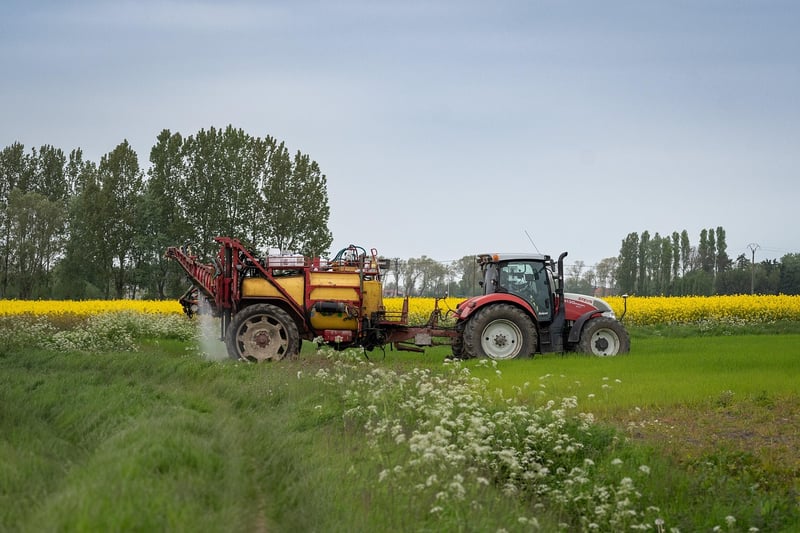Structural Stability
Dealing with Common Vertical Garden Challenges + Structural Stability
Introduction
Vertical gardens are a popular choice for adding greenery to small spaces, creating visual interest, and improving air quality. However, maintaining a vertical garden comes with its own set of challenges. In this article, we'll discuss some common issues that vertical gardeners face and explore ways to ensure structural stability for your vertical garden.
Common Vertical Garden Challenges
Vertical gardens can face a variety of challenges that may impact plant health and overall aesthetics. Here are some common issues:
1. Watering Difficulties
Ensuring proper watering in a vertical garden can be tricky. Water may not reach all plants evenly, leading to some being overwatered while others are underwatered.
2. Soil Compaction
Over time, the soil in vertical gardens can become compacted, affecting drainage and root health. This can hinder plant growth and nutrient absorption.
3. Sunlight Exposure
Plants in a vertical garden may not receive uniform sunlight exposure, with some areas getting more light than others. This can result in uneven growth and potential plant damage.
4. Pest Infestations
Vertical gardens are susceptible to pest infestations, especially if proper preventive measures are not taken. Insects and other pests can damage plants and spread diseases.
Ensuring Structural Stability
Structural stability is crucial for the longevity and safety of your vertical garden. Here are some tips to ensure your vertical garden remains stable:
1. Use Sturdy Supports
Choose strong and reliable support structures for your vertical garden. Ensure that the supports can bear the weight of the plants, soil, and water without leaning or collapsing.
2. Regular Inspections
Periodically inspect the integrity of the vertical garden structure. Look for any signs of damage, wear, or weakness in the supports, and address them promptly to prevent potential failures.
3. Secure Planters Properly
Ensure that planters are securely attached to the support system. Use appropriate fasteners and brackets to prevent pots from shifting or falling, especially in windy conditions.
4. Distribute Weight Evenly
Spread the weight of plants and soil evenly across the vertical garden. Avoid overloading any one section, as this can strain the supports and compromise stability.
Conclusion
Vertical gardens offer a unique way to bring greenery into urban spaces, but they require careful attention to overcome common challenges and ensure structural stability. By addressing watering issues, soil compaction, sunlight exposure, and pest infestations, and by following tips for structural stability, you can enjoy a thriving and secure vertical garden.

References:
